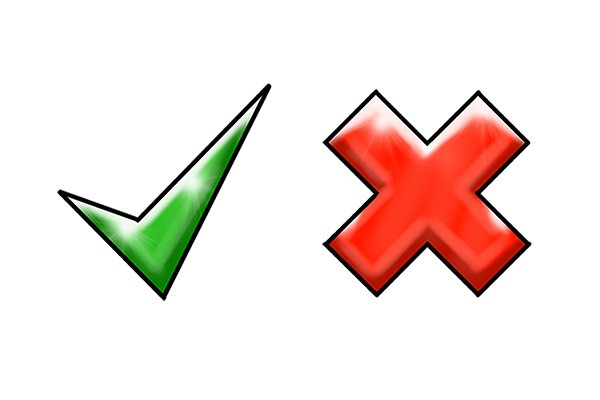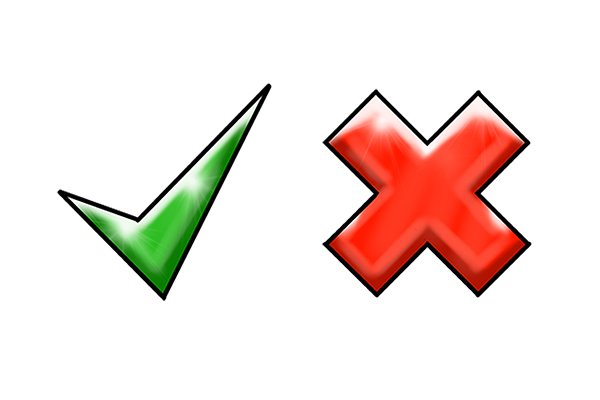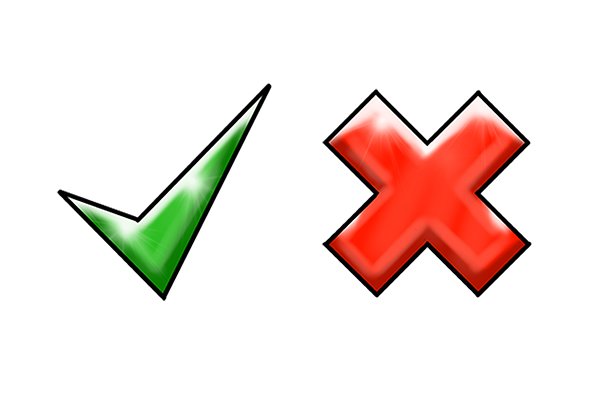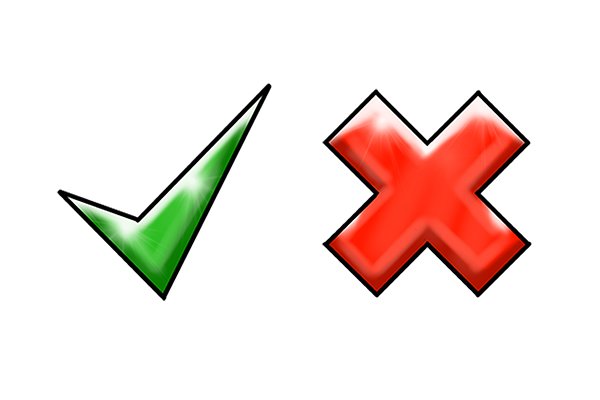 |
ADVANTAGES | DISADVANTAGES | ||||||
|
|
|||||||
 |
ADVANTAGES | DISADVANTAGES | ||||||
|
|
|||||||
 |
ADVANTAGES | DISADVANTAGES | ||||||
|
|
|||||||
 |
ADVANTAGES | DISADVANTAGES | ||||||
|
|
|||||||
 |
ADVANTAGES | DISADVANTAGES | ||||||
|
|
|||||||
 |
ADVANTAGES | DISADVANTAGES | ||||||
|
|
|||||||
 |
ADVANTAGES | DISADVANTAGES | ||||||
|
|
|||||||
 |
ADVANTAGES | DISADVANTAGES | ||||||
|
|
|||||||